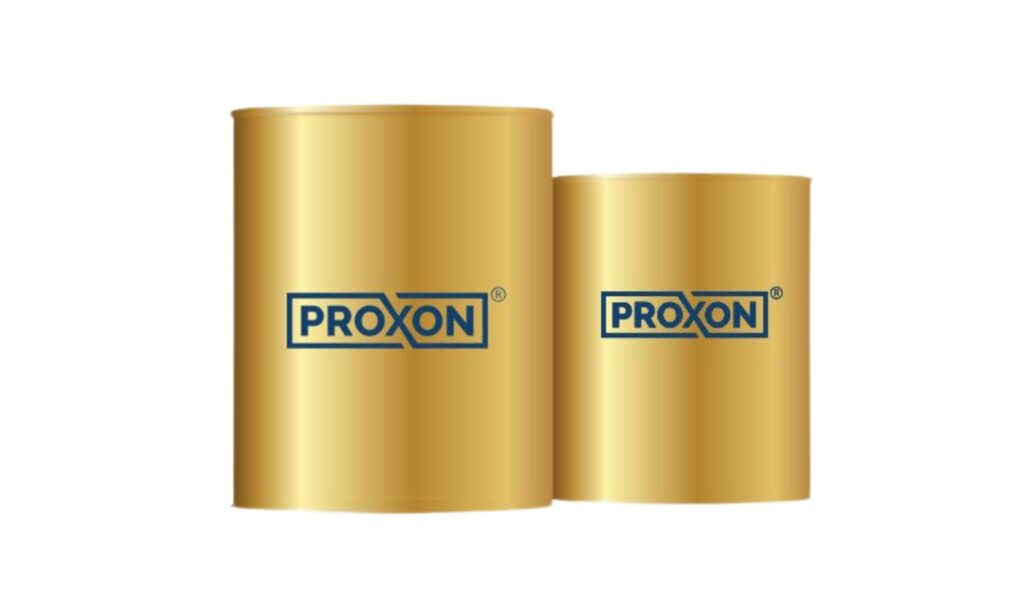PROXON PSGG

What
Why?
- Easy to use
- Cost-effective
- Strong substrate adhesion
- UV & weather resistant
- Chemical & water resistant
- High flexibility
Usage
How to use?
- Ensure dry, clean surface.
- Use wire brush, sanding.
- Oil Removal: Wipe with solvent.
- Back Up: Insert compressible rod.
- Priming Process: Apply two coats.
- Application: Mix, apply, tool.
Application
Surface preparation: is crucial before applying the sealant. The joint surface must be dry and free from dust, coatings, oils, grease, and loose particles. Clean with a wire brush and emery paper, then remove dust with compressed air or a paintbrush. Wipe oil and grease with a solvent-soaked cloth (xylene, toluene, or acetone).
Back-Up Material: Insert compressible rods like polyethylene or neoprene to con- trol sealant depth and provide support.
Priming: Apply sealant primer on porous substrates like concrete or wood in two coats with a 30-minute interval.
Masking Tape: Use self-adhesive tape to protect joint edges and remove it after tooling.
Application: Mix hardener with resin, stir until uniform, and apply with a manual gun. The non-sag formula suits horizontal and vertical surfaces. Tool for a smooth finish.
Packing
Resin (Part A): 3680 gm in a 4 Kg container.
Hardener (Part B): 320 gm in a 300 ml sachet.
Formula
To calculate the weight (kg) of Proxon PSGG sealant for a joint (m), use this formula:
Weight = (Joint Length) × (Formula-Specif- ic Calculation).
This ensures accurate sealant estimation.
Weight in kg = SG × W × D × L
1000
where W & D are in mm and L is in metre. SG = Specific gravity of the sealant
W = Width of joint D = Depth of joint
L = Length of the joint
Approximately, 1 Litre of PRIMER would cover 6 to 7 Square metre of the joint area.
Shelf Life
Safety
Avoid prolonged skin contact. Wear gloves and goggles. Wash splashes immediately with water. For prolonged exposure, seek medical help. Users should follow safety precautions strictly.
